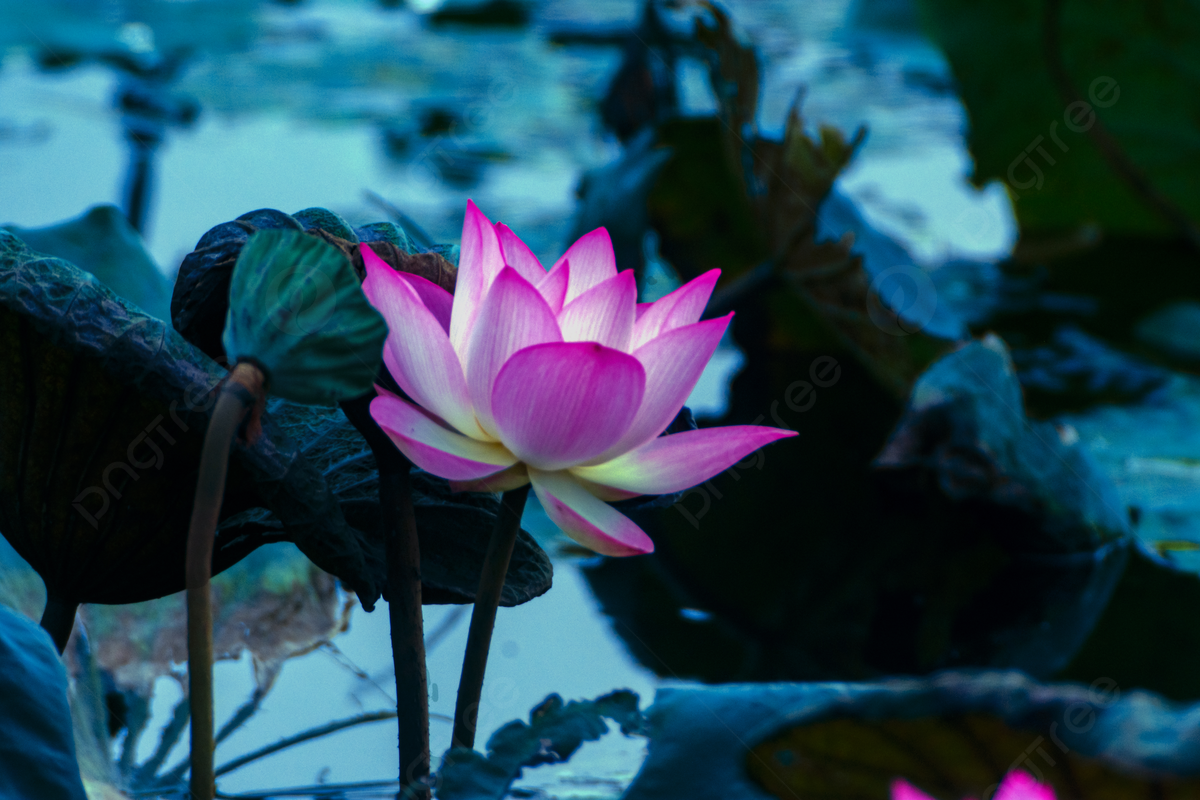In the heart of Southeast Asia, nestled amidst lush tropical landscapes, the teratai, or water lily, reigns as a symbol of both natural beauty and remarkable resilience. These aquatic marvels have long captured the imagination of botanists, artists, and nature enthusiasts alike. With their stunning appearance and fascinating life cycle, teratai have earned a special place in the world of aquatic flora.
The teratai’s allure begins with its captivating appearance. These exquisite water lilies showcase a spectrum of colors, ranging from pristine white and soft pink to vibrant shades of red and purple. Their petals unfold in layers like delicate silk, creating a striking contrast with the tranquil waters they call home. Teratai’s ability to transform ordinary ponds into vibrant, colorful sanctuaries has made them a favorite subject of photographers and painters.
But the teratai’s appeal goes beyond aesthetics. It serves as a symbol of resilience, reflecting the ability of life to flourish even in challenging conditions. These aquatic plants demonstrate remarkable adaptability, thriving in various aquatic environments, from serene ponds to murky swamps. Their lily pads, which float gracefully on the water’s surface, shield them from the harsh sun, while their long, flexible stems reach down to anchor themselves in the muddy substrate below.
In addition to their adaptability, teratai exhibit a fascinating life cycle. They emerge from rhizomes beneath the water’s surface, unfolding their leaves and petals as they grow. The large, round leaves serve as platforms for frogs and insects, creating a miniature ecosystem within their aquatic homes. As they mature, their flowers open, releasing a subtle, enchanting fragrance that attracts pollinators like bees and butterflies. Once pollinated, the teratai’s flowers give way to intriguing seed pods that eventually release seeds to continue the cycle of life.
